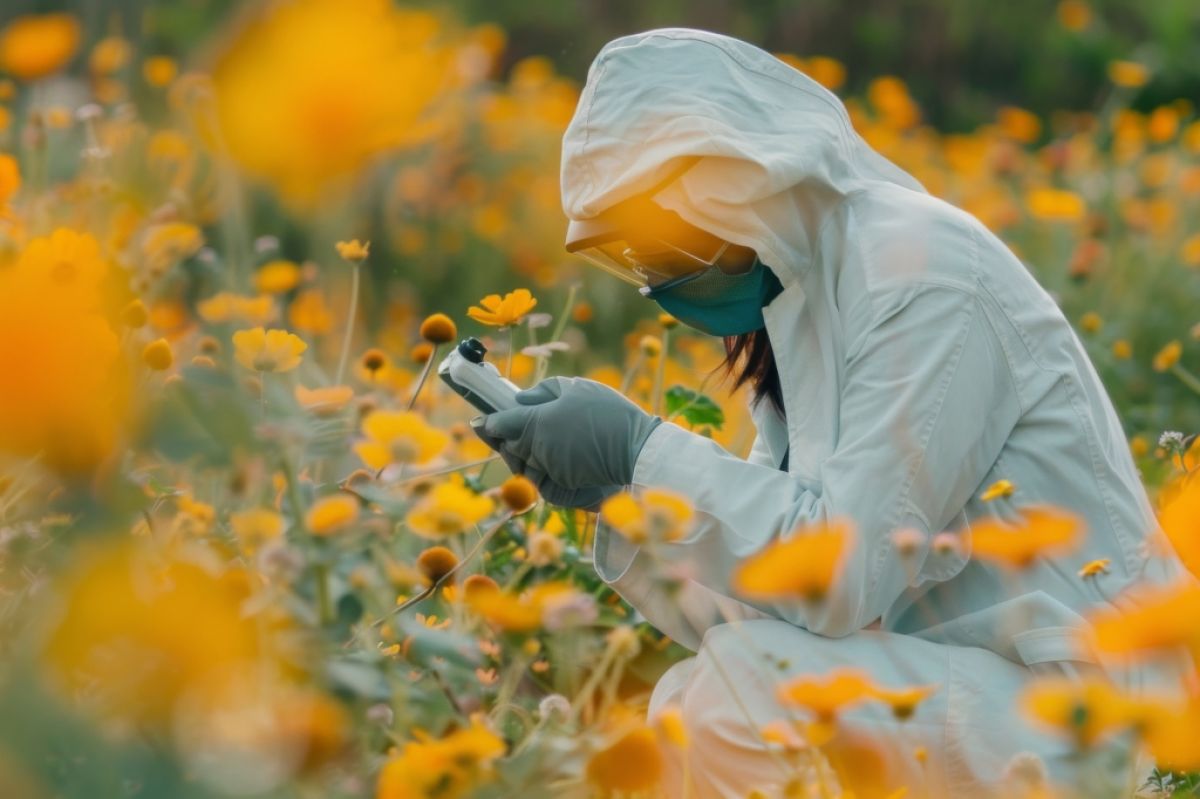Bees and other insects are attracted to flowers because of their colors and scents. As they partake of the nectar, they brush against the flower stamens, which are full of pollen, and then carry it on their bodies to other flowers. It is a wonderful rite of spring.
Now, however, scientists are concerned that humans using toxic pesticides and the decreasing number of flowers as the amount of wild habitat decreases, may be affecting flower pollination. Scientists in France have studied the decline in animal pollination.
They studied wild pansies growing in fields across Europe that are generally pollinated by bees but can also use their own pollen to self-fertilize. This means that a flower can only use its own genes to produce new seeds, so this is more limited than sexual reproduction that mixes DNA.
Researchers compared seeds collected in the 1990s and early 2000s with present day seeds. The seeds were germinated and grown in a lab, and it was found that self - pollination had increased 25% since the 1990s. Also, in just 20 generations the size of the flowers had shrunk 10% and produced 20% less nectar.
This is Moya Andrews, and today we focused on flower sex.










